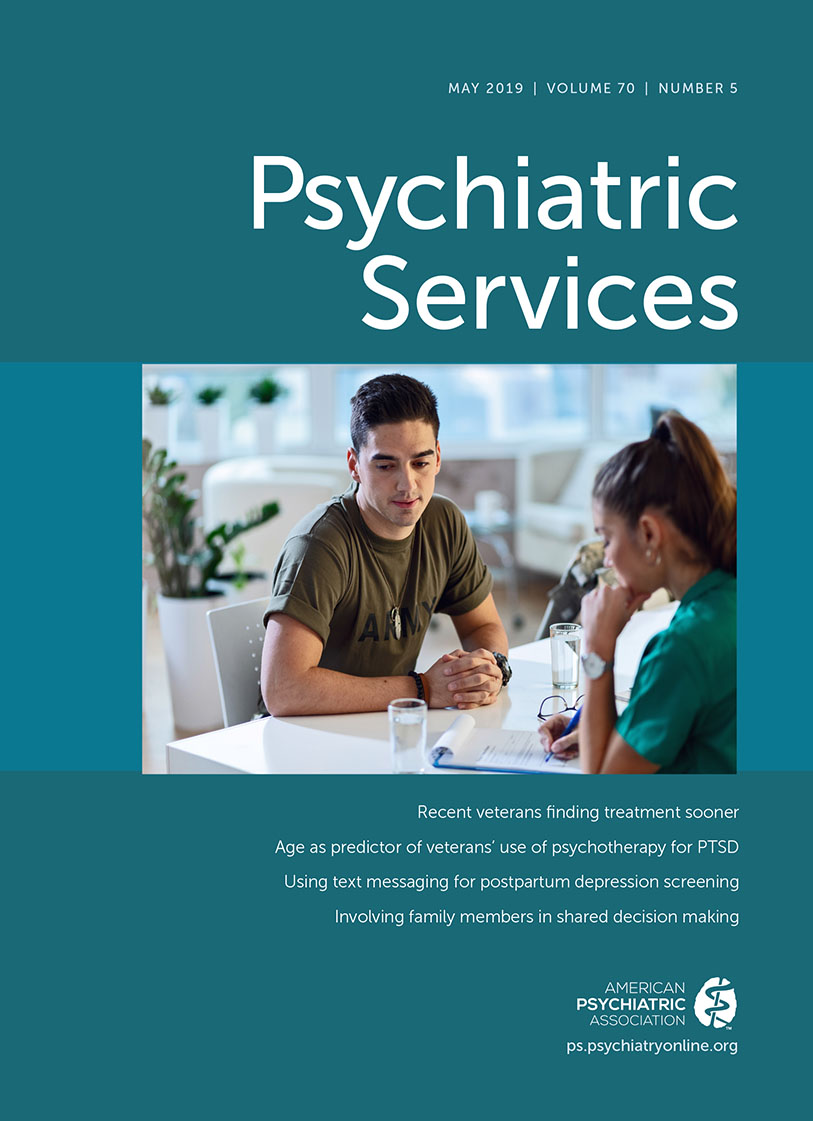Abstract
Objective:
The U.S. Department of Veterans Affairs (VA) has placed increased emphasis on the availability and use of evidence-based psychotherapies (EBPs) for posttraumatic stress disorder (PTSD). However, many individuals do not complete a full course of EBP. The current study aimed to quantify the percentage of veterans receiving adequate EBP in VA hospitals and identify factors related to treatment completion.
Methods:
A national sample of 16,559 VA patients who began cognitive processing therapy (CPT) or prolonged exposure (PE) during fiscal year 2015 was obtained via administrative data. Generalized estimating equations were used to evaluate individual-level predictors of treatment adequacy, defined as eight sessions within 14 weeks. Generalized linear models were used to examine facility-level factors.
Results:
A total of 5,142 (31.1%) veterans completed eight or more sessions of psychotherapy. Older age was associated with greater odds of completing eight or more sessions (odds ratio OR=1.02, 95% confidence interval [CI]=1.01, 1.02, p<0.001), and comorbid bipolar or psychotic disorders were associated with reduced odds of completion (OR=0.89, 95% CI=0.80, 0.99, p=0.03). The percentage of patients who completed eight or more sessions was higher at facilities with higher percentages of EBP use among all patients with PTSD (β=6.55, SE=1.97, p=0.001) and greater numbers of EBP-certified providers (β=0.004, SE=0.002, p=0.038) and lower at facilities with a higher percentage of patients receiving a PTSD Checklist (β=–1.16, SE=0.46, p=0.011).
Conclusions:
A minority of VA patients with PTSD complete an adequate dose of EBPs for PTSD. Individual and facility-level factors related to treatment adequacy may point to opportunities for intervention.



